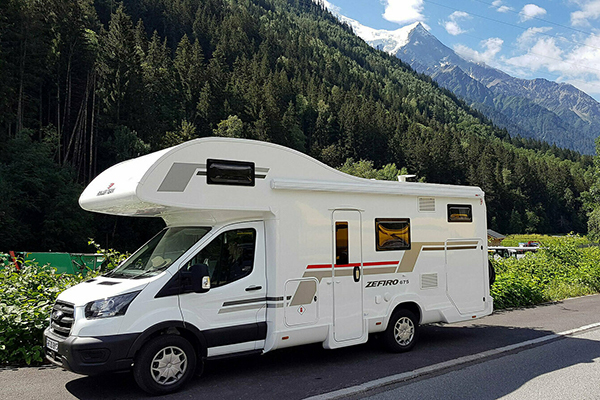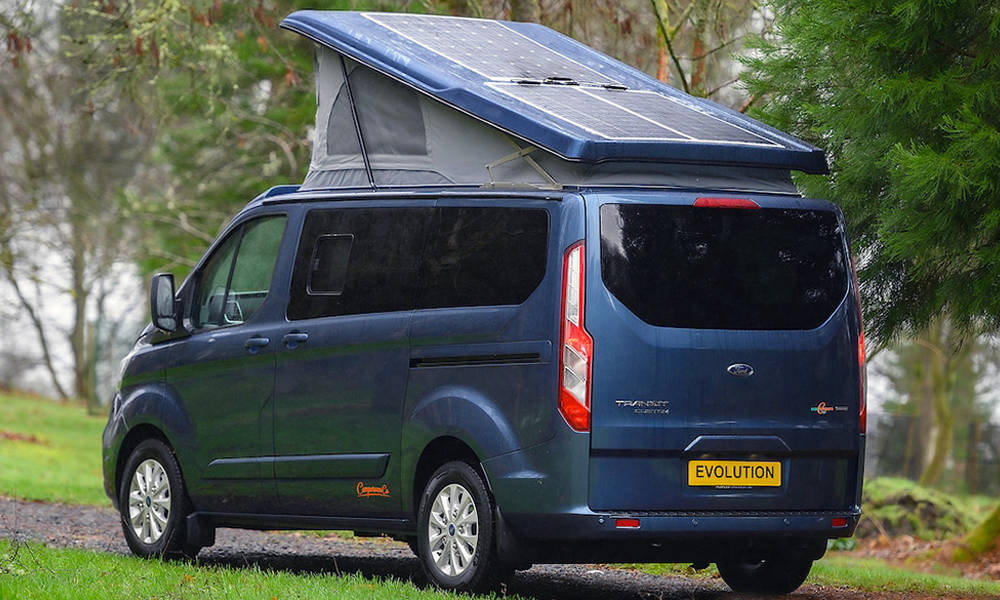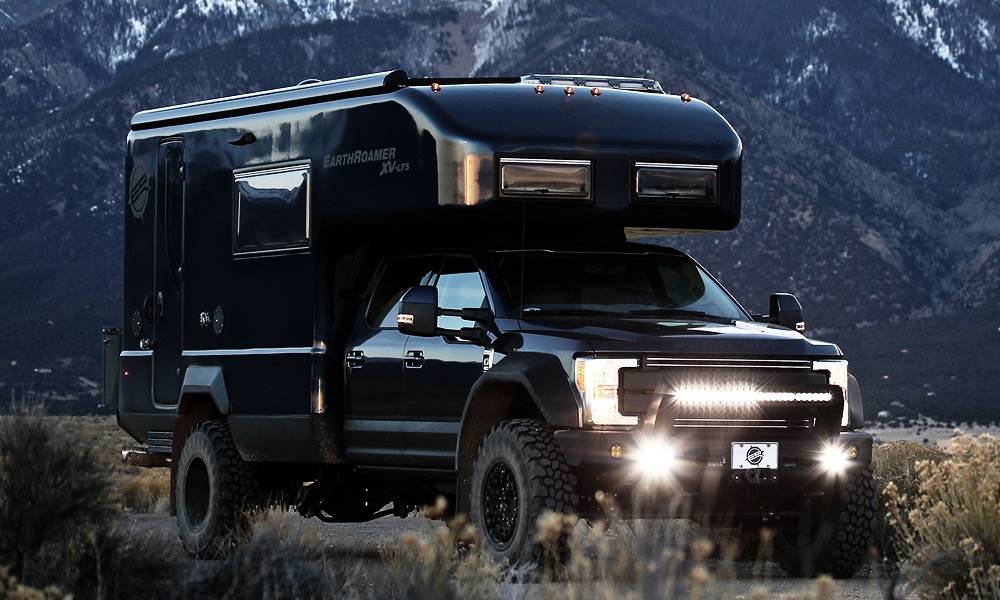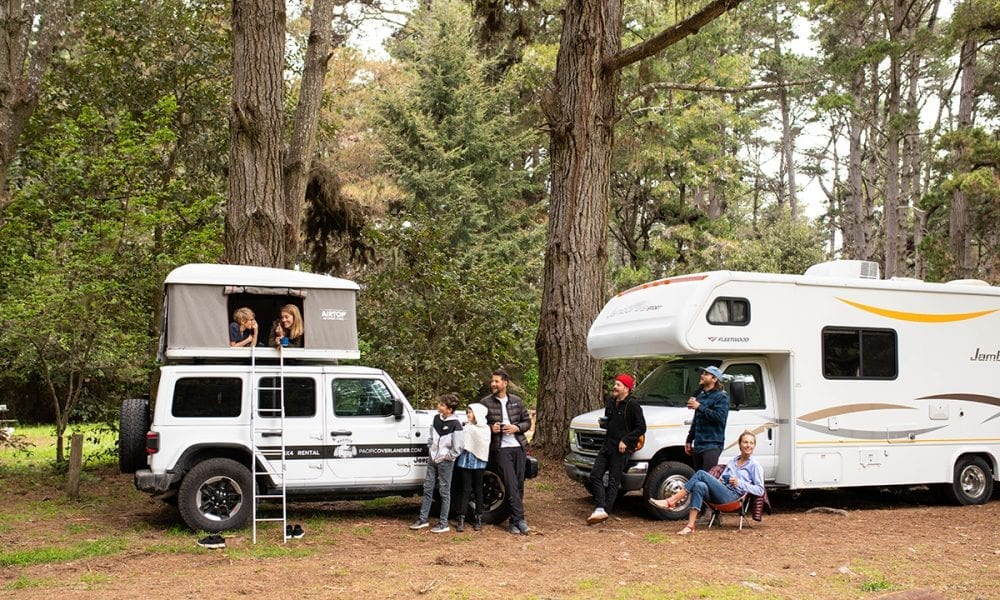Recreational vehicles, or RVs, have been a popular way to travel and experience the great outdoors for many years. These vehicles have come a long way since their inception, with constant improvements and innovations that have made them more comfortable, convenient, and efficient.
Early RVs
The first RVs were essentially mobile homes built on truck or bus chassis. They were simple, functional, and often homemade. In the 1920s and 1930s, RVs became more commercially available, and manufacturers began producing campers and trailers for the general public.
One of the earliest and most iconic RVs was the Airstream, which was introduced in 1936. With its distinctive silver exterior and aerodynamic shape, the Airstream quickly became a symbol of adventure and freedom on the open road.
The Rise of Motorhomes

In the 1960s and 1970s, the RV industry saw a shift towards motorhomes, which are self-propelled vehicles that combine the living space and driving area into one unit. Motorhomes offered more convenience and flexibility than trailers, and quickly became popular with RV enthusiasts.
During this time, RV manufacturers also began to incorporate more luxurious amenities into their vehicles, such as air conditioning, refrigerators, and televisions. As a result, RVs became more comfortable and convenient for long-term living and travel.
Modern RVs
Today, RVs are more advanced than ever before, with cutting-edge technology and features that make them more efficient, eco-friendly, and comfortable. Some modern RVs even have fully equipped kitchens, bathrooms, and bedrooms, making them a true home on wheels.
In recent years, there has also been a surge in popularity of smaller, more compact RVs, such as camper vans and teardrop trailers. These vehicles offer a more nimble and affordable option for those who want to experience the RV lifestyle without the commitment of a larger vehicle.
The Future of RVs

As technology continues to advance, it’s likely that RVs will continue to evolve and improve. Already, there are RVs that are powered by solar panels and equipped with smart home technology, allowing for more sustainable and efficient living on the road.
There is also a growing interest in off-road RVs, which are designed to handle rough terrain and remote locations. These vehicles offer a new level of adventure and exploration for RV enthusiasts.
The evolution of the RV has been a fascinating journey through history. From the early homemade trailers to the modern, high-tech motorhomes of today, RVs have come a long way in terms of comfort, convenience, and innovation. As we look to the future, it’s exciting to think about the possibilities that lie ahead for the RV industry.




